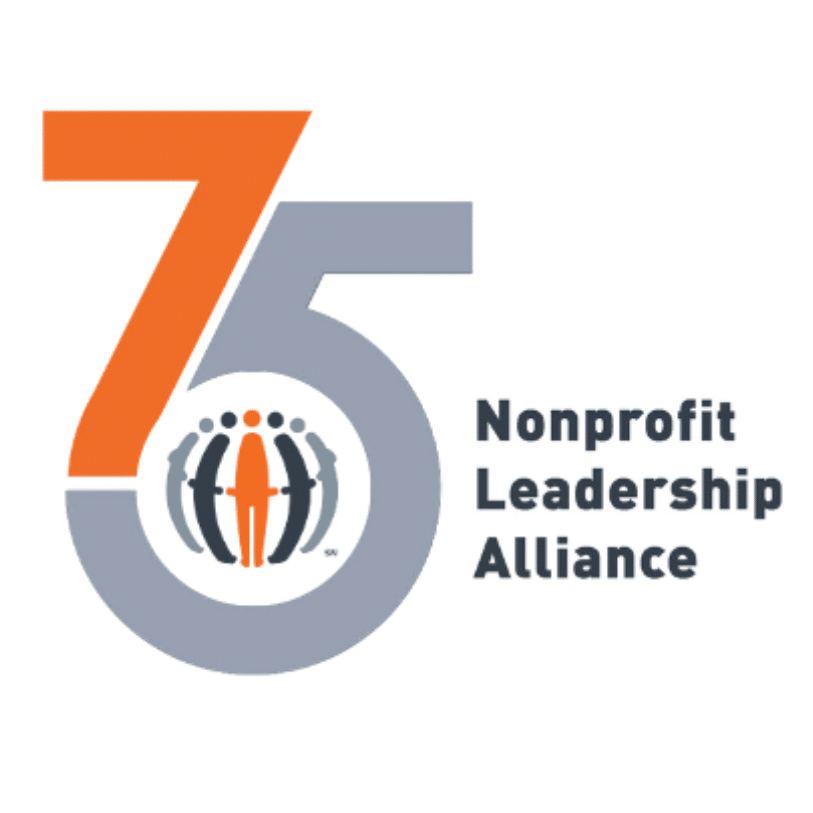You’ve got a date and venue booked for your nonprofit’s upcoming fundraising event. Next up? Finding sponsors to boost your event’s fundraising power. Sponsorships not only help cover the event’s cost, but build relationships for future support while increasing your organization’s visibility. They’re a win-win! Read on for tips and strategies for finding and securing sponsors for your best fundraiser yet.
1. Build Attractive Sponsorship Packages
This is priority one when it comes to securing sponsors. Your packages should be appropriate for the type of event you’re holding, applicable to the target audience, and provide a high ROI for sponsors. Be sure to include options at varying price points so more sponsors can get involved in some way, from a high-dollar, premium title sponsor all the way down to lower-priced hole or table sponsors. Think broadly when building these packages and how you can cover all the event’s fixed costs so more proceeds go to your mission. When crafting your pitch to sell sponsorship packages, GolfStatus recommends including applicable data about your event’s target audience that demonstrates how it overlaps with that of the business, such as demographics.
2. Reach Out to Your Networks
Start by leveraging existing connections within your current networks. Gather your planning team, staff members, loyal volunteers, and board of directors to brainstorm potential sponsors and make a list of any connections folks may have, personally or professionally. Be sure to include existing partners and vendors! Ask them to make an introduction so your team can follow up with a formal pitch.
You might also reach out to current donors to ask them to give in a new way by sponsoring your fundraiser. A good initial strategy is to send emails to your supporters asking them to mark their calendars for the upcoming event and to help spread the word about sponsorships. This should be part of a solid digital marketing strategy that demonstrates your nonprofit’s impact on a broad scale.
Your network is likely where you’ll have the most success in securing sponsors. Why? Because these folks are already aware of your nonprofit and its work so there’s less of a need to convince them to support your fundraiser.
3. Research & Connect With Businesses
After you’ve brainstormed a list of potential sponsors, take some time to research other businesses in your area that might be a good fit for your fundraising event and align with your organization’s mission and values. Your local Chamber of Commerce is a good resource to get started and can share insights on the local business community. You’ll also want to think about businesses that have a natural connection to the type of event you’re holding, the audience you’ll attract, or who would be interested in reaching your donors in new ways. For example, if you’re holding a charity golf fundraiser, you could approach sporting goods stores, wealth management firms, banks, or fitness centers as sponsors.
You might consider a soft introduction over coffee to gauge the priorities and interest in sponsoring your event and follow up it with a more formal pitch meeting. Connecting in this way helps lay the foundation for a productive sponsor relationship and long-term support.
4. Attend Events & Broaden Your Network
Participating in nonprofit conferences and networking events have a ton of benefits—not only do you expand your sphere of influence, but you’re able to connect with like-minded businesses actively looking to make connections. Go prepared with collateral, such as business cards, infographics or brochures explaining your nonprofit’s mission, or packets detailing your fundraising event and its sponsorships.
Networking events and conferences aren’t the only option to expand your network. Look at community events to connect with businesses in a more informal setting. Watch social media, and community calendars for events like farmer’s markets, home shows, festivals, or barbecues where businesses are present.
5. Leverage Social Media
Social media platforms give you an insight into a business’ sponsorship history, favorite charities, and community engagement. Browse their posts and dive into other accounts they follow and interact with. Leverage this information to better target your sponsorship asks and build rapport with the business.
Be sure you’re following the businesses you’re interested in asking to sponsor your fundraising event on your personal and organizational platforms and interact with their content in a positive way! Once sponsors are on board with your event, give shout outs and encourage them to share your posts with their followers for additional exposure. Businesses love the authentic brand image that comes with working with nonprofits.
6. Make It Compelling To Get Involved
Highlight the benefits of corporate giving in your pitch materials to further compel sponsors to get involved. According to Crowd101, over 90% of companies say that working with a nonprofit enhances their brand image and attracts more customers. What’s more, having charitable giving programs in place increases employee loyalty and work quality. It should also be easy for them to commit—an event website with online registration capabilities makes it simple to purchase sponsor packages, submit payment, and provide logos all in one place.
7. Provide Digital Exposure
Sponsors are looking for more than just their logo on a sign. You can maximize sponsor ROI by folding premium digital exposure into your sponsor packages. Look for event management software that offers a technology sponsorship that gives sponsors the ability to promote their business and offerings across the platform, instantly providing brand lift and raising awareness about their business.
Wrapping Up
Finding and managing sponsors for your fundraising event may seem like a daunting task. The good news for busy nonprofit event organizers? The right digital tools, such as fundraising event management software and sponsorship management software, streamline processes to make it simple to find the best match for your event. So whether you’re launching a new fundraising event or carrying on a longstanding tradition, use these strategies to make the most of your sponsorships.
